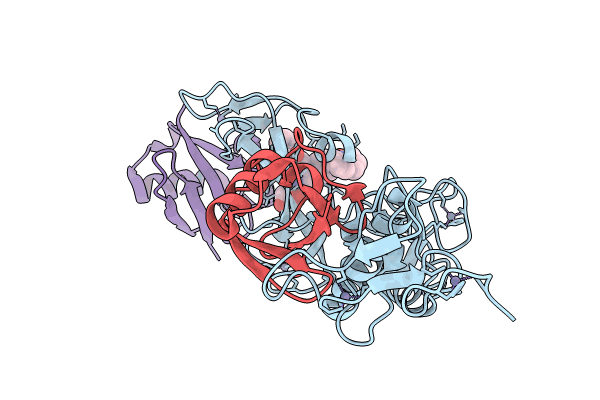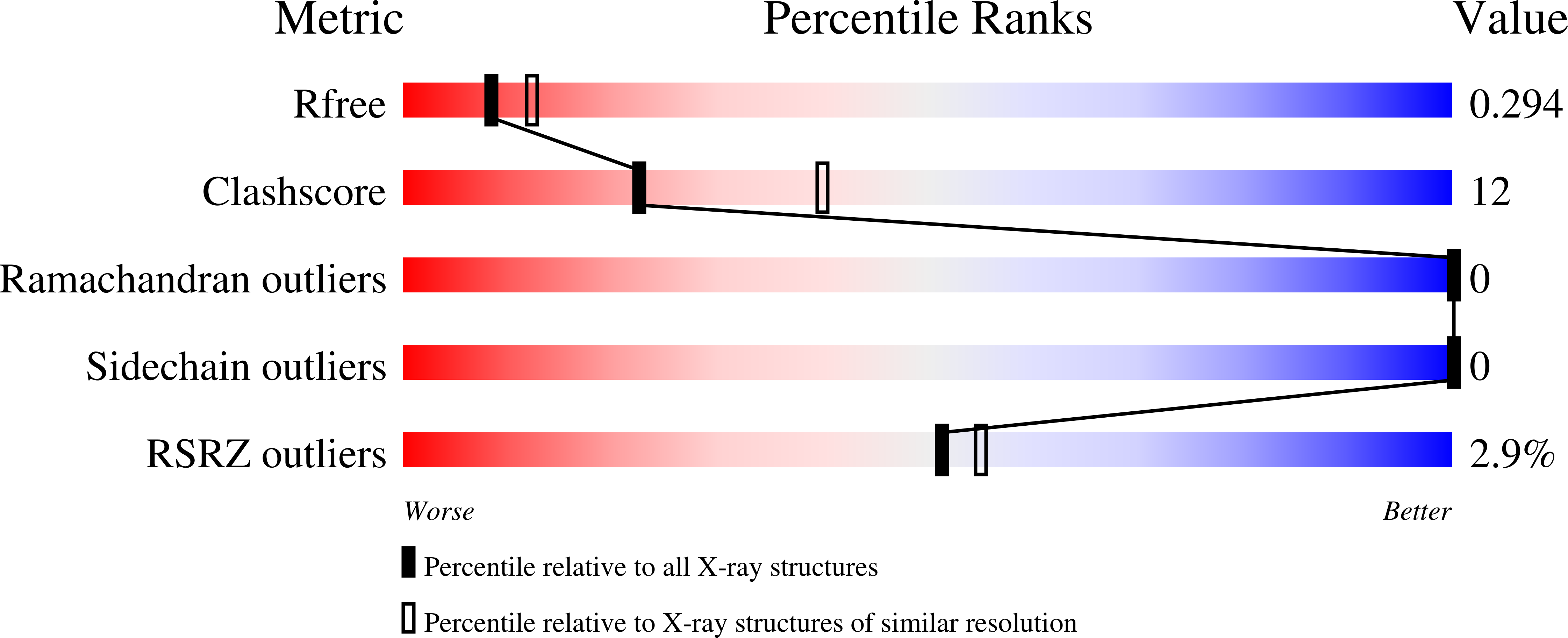
Deposition Date
2024-02-21
Release Date
2024-08-21
Last Version Date
2024-10-09
Entry Detail
PDB ID:
8W31
Keywords:
Title:
Crystal structure of parkin (R0RB):2pUb with activator compound
Biological Source:
Source Organism:
Rattus norvegicus (Taxon ID: 10116)
Homo sapiens (Taxon ID: 9606)
Homo sapiens (Taxon ID: 9606)
Host Organism:
Method Details:
Experimental Method:
Resolution:
2.50 Å
R-Value Free:
0.29
R-Value Work:
0.23
R-Value Observed:
0.24
Space Group:
P 61 2 2


